What Are Altcoins
Bitcoin started the era of digital assets in 2009. The disadvantages and limitations of the first cryptocurrency, as well as its open source code, led the developers to start creating other coins. They are called altcoins. In July 2022, the Crypto.ru rating fixes 8.8 thousand digital units. Bitcoin remains the market leader. He owns 41.8% of the total capitalization. However, other assets also have value and provide tangible benefits. It is helpful to read an article about cryptocurrency and altcoins for dummies. Digital assets are different from each other, even if they have many overlapping functions.
Table of Contents
What are Altcoins
In the early years of its existence, BTC dominated the crypto market by more than 90%. As the industry grew, the share of the flagship gradually decreased. However, the role of the first cryptocurrency is difficult to overestimate. From the beginning of the formation of the market, the community began to separate Bitcoin and other assets.
In July 2022, the cryptocurrency market will be valued at $1 trillion. Over $418 million has been invested in bitcoin. The value of existing units of Bitcoin is almost 2.3 times that of the second largest coin, Ethereum, and almost half of the total crypto market capitalization.
Reasons for the emergence and the first altcoin
The new cryptocurrencies were built on bitcoin’s success by changing the rules to attract different groups of users. For example, the developers of Ethereum (the second largest coin by market capitalization) implemented the idea of smart contracts (codes that automatically run when certain conditions occur).
Alts are a cryptocurrency. They have improved the functionality, transactions, and scaling of the blockchain. The crypto market continues to expand. Experts have been debating for a long time which of the coins created after Bitcoin will be able to take the lead from it.
The project owners have developed a plugin to access any site with the .bit extension. It automatically takes users to the location specified in the registry stored on the Namecoin blockchain. To register a domain on the network and keep it, you must send a transaction to the chain.
Hashing Algorithms
Hash functions arose from the need to make the length of the content uniform. It is a form of computer security that provides data integrity and authentication. The function works by converting readable text to unreadable. Unlike encryption, hashing is irreversible and provides a barrier against intruders. If a criminal tries to access the database, he will only see the code (digest) and will not be able to return it to its original value.
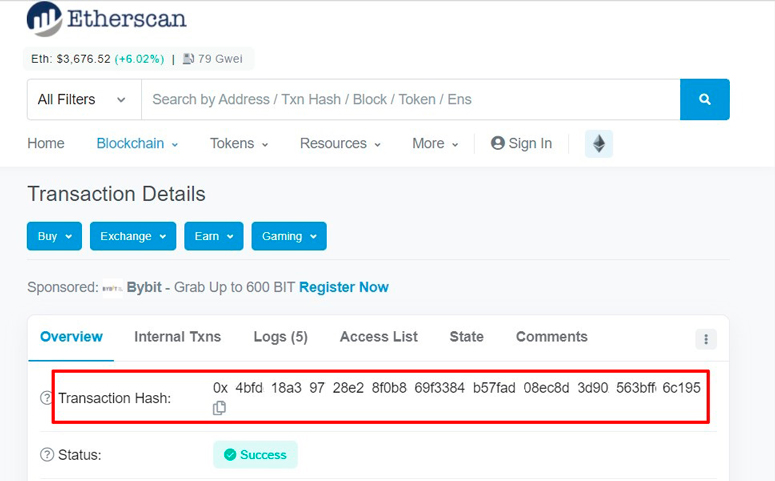
The function has the following characteristics:
- Security is an irreversible process.
- Uniqueness – 2 different datasets cannot give the same digest.
- Fixed-size – the function returns a hash of a certain length.
Cryptographic hashing is an algorithm that encrypts digital assets. Miners reveal it. If the decryption was successful, a new block is created. It stores records of transactions carried out in the system. This way, miners keep the network running and get paid for it.
Differences From Bitcoin
BTC was developed as an alternative decentralized payment system that could replace fiat money. The coin was created for simple transactions and uses a peer-to-peer consensus mechanism. However, bitcoin as a payment method still lags behind credit cards and other electronic systems. Moreover, verification of transactions (mining) requires considerable resources and costs.
Newer cryptocurrencies use mechanisms to reduce the cost and difficulty of mining and can process more transactions per second than the Bitcoin network. Some altcoins implement intelligent contract technology that allows the creation of innovative applications on the blockchain.
For example, Ripple and EOS have introduced new features to speed up payments. XRP is designed to facilitate centralized cross-border transactions between large corporations and institutions. EOS is an altcoin transaction that is completed in just 0.25 seconds.
Pricing
To understand how the rate of cryptocurrencies is set, you first need to know how digital assets differ from fiat money. Euros, dollars, yen, and other units of account are supported by governments and are considered legal tender. Central banks and foreign exchange reserves control the money supply to keep inflation in check.
The crypt and alts are not regulated by the state. Many of them have a fixed supply, which reduces the risk of inflation. Others conduct a one-time issue and gradually release coins to the market to control rates.
Tokenomics explains the purpose and distribution of an asset. The term also implies the economics of making a currency attractive to investors. The value of altcoins is determined based on the following factors:
- Accommodation and distribution. There are 2 ways for digital assets to appear on the market. They are either pre-mined (generated and distributed among some addresses before the start of sales), or become available through emission (when the whole community receives the right to invest in altcoins at once). Many crypto projects appear with pre-mined tokens. However, if there is a wallet that accumulates a significant part of the circulating volume, then there is a risk that its owner will dump assets and drop the price.
- Supply of tokens (coins). The volume of cryptocurrency is fixed by 3 types of offers – negotiable (altcoins in circulation), general (assets existing in the current period, except those that could be burned), and maximum (the maximum possible number of digital units that can ever be generated).
- Market capitalization. The indicator captures all investments in the project. The higher the market capitalization of an altcoin and the smaller the number of coins in circulation, the more valuable it can become in the future.
- Token model. The structure of a cryptocurrency shows whether an asset is inflationary or has upside potential.
Capitalization
One of the critical indicators for understanding the value of altcoins is the market price of circulation. The metric shows that BTC is still the first cryptocurrency, and the rest of the coins follow it.
| CAPITALIZATION ($) | ||
|---|---|---|
Usage
Many of the more than 8,000 digital assets available have no actual use. The prices of virtual currencies depend on supply and demand. A base value does not back them. The future potential growth of the altcoin in the market depends on how well the technology solves the community’s problems.
In 2021, there was a trend toward trading meme coins: Dogecoin (DOGE) and Shiba Inu (SHIB). Both cryptocurrencies have grown by more than 12,000% in a short time. The trend will continue in 2022. With the light hand of Elon Musk, DOGE and SHIB are getting more expensive even in a falling market. Speculators invest in cheap altcoins with the expectation of high profits. However, such cryptocurrencies are useless and carry risks for investors.
Types of altcoins
Digital coins can be classified according to several criteria:
- Cryptocurrency and altcoins are based on technological platforms (for example, Ethereum, which provides the basis for decentralized finance).
- Stablecoins are pegged to real currencies or other assets.
- Meme-currencies are based on symbols, phrases, and ideas popular on the Internet.
Another classification of altcoins relies on genealogy. Many virtual currencies are based on a modified Bitcoin code (Litecoin, Bitcoin Cash, and others). Each asset differs from others in a whole set of features:
- Script language.
- Transaction management.
- Safety regulations.
- Emission method.
- Consensus method.
By network protection method and purpose
The consensus algorithm can also be the basis for classifying altcoins. Cryptocurrencies work on the following protocols:
-
- Proof of work. The protocol was created to prevent cyber-attacks (DDoS). Miners perform many calculations to mine a valid block and receive a reward in coins.
- Proof-of-Stake. In the proof-of-stake model, validators (equivalent to miners) lock up funds in a smart contract. The algorithm grants the selected participant the right to create the next block. The applicant is determined, considering the share in the pool of funds. If one staker controls 30% of the assets placed on the network, he has the same chance to mine the next block and receive a reward.
TOP 10 coins
In July 2022, there will be more than 8 thousand cryptocurrencies worldwide. Many of them have almost no users and trading volumes. Others, on the contrary, are popular among investors. The total value of the top 10 altcoins (Ethereum, Tether, Ripple, Cardano, and others) exceeds $428 billion.
Ethereum (ETH)
Ethereum is the largest altcoin by capitalization. In July 2022, the volume of ETH coins in circulation is estimated at $181 billion. Unlike Bitcoin, Ethereum is not only a digital asset. It is a token development platform. Ethereum smart contracts are used in the DeFi and NFT sectors. Many Initial Coin Offerings (ICOs) have been launched on the main altcoin blockchain.
Tether (USDT)
The capitalization of the largest stablecoin is $67 billion. Tether, formerly known as Real coin, was launched in 2014. The dollar backs the coin in a ratio of 1:1. The task of Tether is to maintain price stability for the cryptocurrency and protect investors from market volatility.
USD Coin (USDC)
The dollar backs the stablecoin in a ratio of 1:1. In July 2022, USDC capitalization is $55.9 billion. The asset was launched in 2018 by Circle and Coinbase as an alternative to Tether (USDT).
Binance Coin (BNB)
The native coin of the Binance exchange was created on the Ethereum blockchain in 2017. In 2019, the developers transferred the coin to the Binance Smart Chain network. The BNB supply is limited to 200 million coins. Binance burns cryptocurrencies quarterly to reduce supply. In July 2022, the total value of available coins is $42 billion.
Binance USD (BUSD)
In July 2022, the coin is the sixth in capitalization in the Crypto.ru rating ($18 billion). Binance launched a native stablecoin in partnership with Paxos. The coin is pegged to USD and approved by the New York State Financial Services Authority. The cryptocurrency works on the Ethereum (ERC-20) and Binance Smart Chaim (BEP-20) networks.
Ripple (XRP)
The cryptocurrency was created for money transfers between financial institutions. In 2022, the RippleNet network will be used by the largest banks and payment providers (Bank of America, American Express). XRP runs on its blockchain of the same name. The developers have limited the supply of 100 billion coins. In the summer of 2022, there are 48 billion XRP in circulation with a total value of $16 billion.
Cardano (ADA)
In July 2022, the altcoin took 8th place in the ranking of the largest cryptocurrencies with a capitalization of $15.9 billion. ADA is a native coin of the blockchain of the same name, released in 2017. The project was founded by one of the co-founders of Ethereum – Charles Hoskinson. Cardano uses the Proof-of-Stake protocol, which is 20,000 times more energy efficient than Bitcoin’s Proof-of-Work algorithm. The issue of the asset is limited to 45 billion coins.
Sunshine (SUN)
In 2021, the altcoin entered the top 10 largest cryptocurrencies by capitalization. In July 2022, Solana is ninth in the Crypto.ru ranking. The current offering is valued at $12 billion. SOL features fast transaction transfer rates (69K TPS) and low fees ($0.00025).
Dogecoin (DOGE)
The cryptocurrency is named after a viral dog meme. In 2013, software engineers Billy Markus and Jackson Palmer launched a satirical token to ridicule bitcoin and other digital assets with grand plans to take over the world. The meme coin quickly became popular. In 2022, the asset will be supported by the head of Tesla and SpaceX, Elon Musk. In July, the capitalization of DOGE was $8 billion.
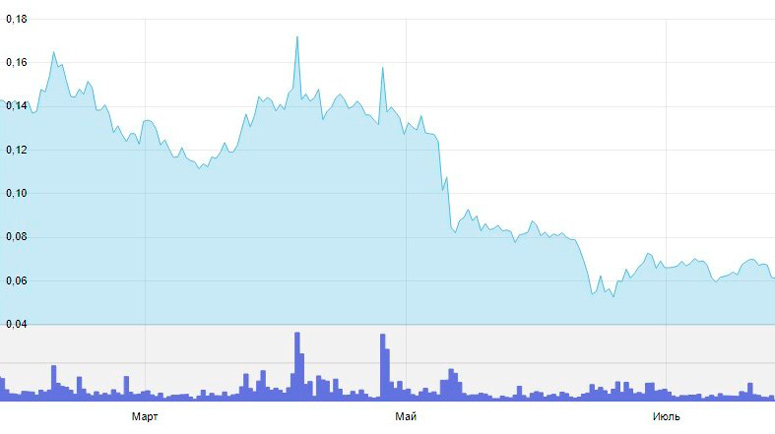
Exchangers
This format of working with digital assets is convenient but not always safe. The exchange office owns cryptocurrencies, so user transactions become peer-to-peer (P2P). The seller sets the conversion rate considering the market price and his benefit. The choice of altcoins is often limited to a few popular coins.
Top Exchanges
Altcoin trading starts with choosing a platform. A trader needs to register and fund an account. The table shows the most extensive cryptocurrency services — leaders in terms of trading volume in July 2022.
| EXCHANGE | NUMBER OF COINS | TRADING VOLUME PER DAY ($) | NUMBER OF VISITS PER DAY (PERSONS) |
|---|---|---|---|
Trading
Cryptocurrency trading is the exchange of one coin for another to make a profit. Trading is usually carried out according to 2 main strategies:
- Short-term trading. Traders speculate on altcoins, holding them for some time (several minutes, hours, days). The strategy will make a profit if the price rises in a short time.
- Long-term trading. Altcoins are bought for long-term storage (from 1 year). For example, a user who purchased Ethereum in 2015 for $1 could sell the asset in October 2021 for $3,500.
Investments
Long-term trading of digital assets is relatively simple and takes only time. All you have to do is buy coins and keep them in your wallet. Such trading can be considered an investment.
During token sales, users also invest in new projects. They expect big profits. Participants buy tokens at the pre-launch stage at a low price to later sell them at a higher price on the exchange. Profit can reach hundreds and thousands of percent.
Perspective Evaluation
The success of investing in new altcoins is based on careful analysis. To choose a startup, you need to study the information about the company and the project:
- Understand how technology works.
- Analyze tokenomics and assess risks.
- Find out if the altcoin has an actual use in the commercial market.
The token’s price is also affected by how realistic and valuable the concept of the project is. As soon as an altcoin enters the market, its rate will change depending on demand. Therefore, it is vital to invest in assets that can be used.
Storage Wallets
If the investor does not trade on the stock exchange, then he should consider the placement of capital. By 2022, developers will have created many multi-currency wallets to store altcoins safely.
Such services do not physically contain assets. Instead, they generate public and private keys for accounts. The owner of the secret code is the only person with access to the funds.
In 2022, many wallets will have a built-in internal exchange function. Users can convert one asset to another without leaving their account. In the summer of 2022, the following multicurrency wallets will be famous:
- Atomic Wallet.
- Coinbase Wallet.
- MyEtherWallet.
- MetaMask and others.
Advantages and Disadvantages of Alts
| PROS | MINUSES |
|---|---|
| Lots of projects and technologies. Users have access to many investment offers with different returns and other competitive advantages. | Rejection. Many people still do not understand what altcoins are. When there is not much recognition, it is difficult to compete with bitcoin. |
| The best version of Bitcoin. In terms of technology, altcoins are more advanced. Many of them outperform bitcoin in terms of transaction speed and functionality. | Risks. Buyers of altcoins can become victims of scammers or scams. Possible network failures |

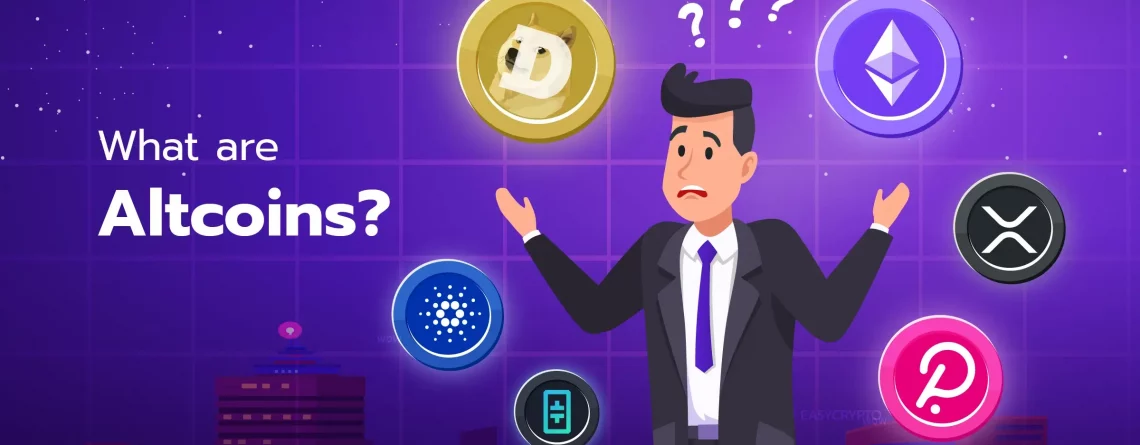
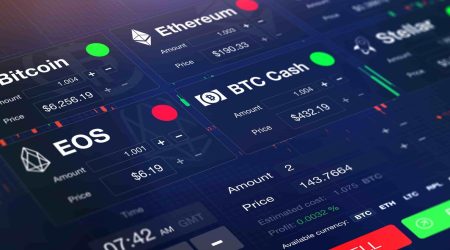
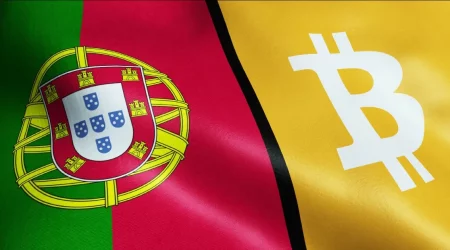



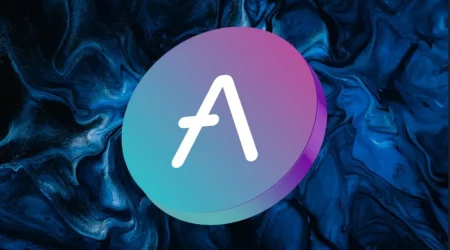
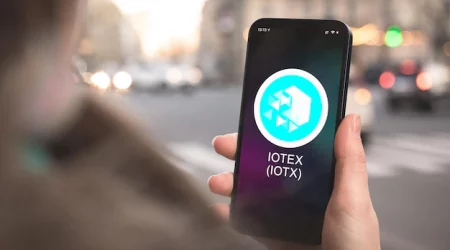
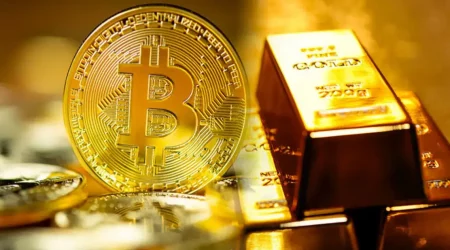
Leave a Reply